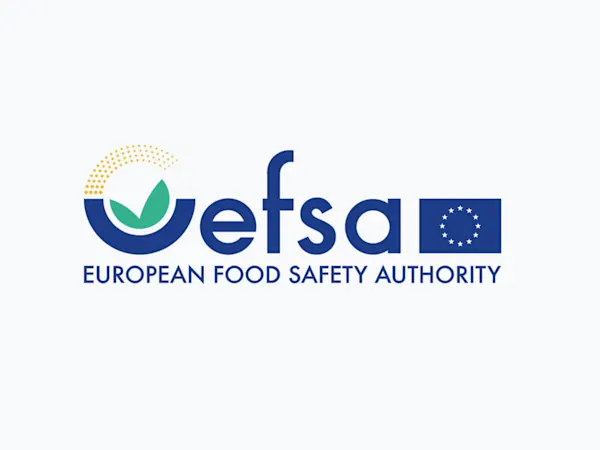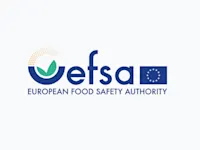
EFSA Seeks Feedback on Overhaul of Weight of Evidence and Biological Relevance Guidance
EFSA launches consultation on updating its Weight of Evidence and Biological Relevance guidance, aiming to streamline chemical risk assessment practices.


The European chemical industry saw a disappointing start to 2025, according to Cefic’s Q1 Chemical Trends Report. Persistently high energy prices, subdued domestic demand, and eroding competitiveness have led to a marked slowdown across the EU27 bloc. Professionals involved in manufacturing, supply chains, and regulatory compliance are urged to reassess strategic plans as capacity utilisation and trade performance falter.
The sector’s competitiveness remains well below its 2014–2019 average. Energy-intensive processes underpin the production of key chemicals like ammonia, ethylene, and propylene—making the industry highly sensitive to energy fluctuations. As of Q1 2025, natural gas prices in Europe were 3.3 times higher than those in the United States, significantly raising input costs and reducing margin flexibility.
Production output declined by 0.3% during the first two months of 2025, with most downstream users also reporting reduced activity. While Belgium showed a 9.1% uptick, France and the Netherlands suffered declines of over 5%. Overall EU27 chemical production remains 9.1% below pre-crisis levels.
Although 2024 saw a temporary boost in trade surplus—largely driven by falling imports due to weak internal demand—this trend reversed early in 2025. Cefic reported a 25% drop in trade surplus in January and February compared to the same period last year. Imports rose by 10.2%, outpacing the modest 1.8% increase in exports.
Meanwhile, capacity utilisation fell from 74.4% in Q4 2024 to 74.0% in Q1 2025. This is well below the long-term average of 81.4% and suggests a structural weakening that could lead to more site closures. Cefic notes that over 11 million metric tonnes of announced capacities were closed between 2023 and 2024—assets unlikely to reopen due to capital costs and community resistance.
These trends carry serious implications for sectors reliant on chemicals, such as automotive, consumer goods, construction, and energy. Uncertainty in Germany and the US further dampens the outlook, limiting opportunities for rebound. Stakeholders across supply chains should anticipate continued volatility and consider alternative sourcing or energy strategies.
Foresight continuously tracks 1000s of sources and maps updates to your portfolio:




EFSA launches consultation on updating its Weight of Evidence and Biological Relevance guidance, aiming to streamline chemical risk assessment practices.

Germany's CONMAR-Impact study sets new environmental quality standards for TNT in marine ecosystems, raising industry-wide compliance questions.

EU Member States urge the Commission to accelerate the REACH revision, citing urgent health, environmental, and industry competitiveness needs.
Subscribe to Foresight Weekly and get the latest insights on regulatory changes affecting chemical compliance.
Free forever. Unsubscribe anytime.
Read by professionals at